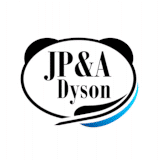E-books – A profitable way to publish?

By Jonathan Miller
M-Y Books
firstwriter.com – Friday January 29, 2010
It is widely accepted now that the e-book is settling in comfortably as a companion format to print for the mid and long term future. The publishing industry has made a complete about face in its attitude towards electronic publishing over the last two years driven by economic and environmental influences as well as the public’s apparent willing to read books on small screens as well as the more comfortable dedicated e-book readers becoming increasing available in the United Kingdom and Europe. For myself as a regular trade visitor to Frankfurt Book Fair over many years I have seen the growth in the digital section of the fair and the amount of attention it gets from all elements of the industry increase incredibly.
No one realistically expects the e-book to overtake the print format any time soon either in market share or versatility, as anyone who has been to Frankfurt Book Fair knows the variety and splendour of the books on show printed in every corner of the world are truly breathtaking. But with the onset of technology there is opportunity and after fair consideration of the multitude of formats within which an author can and often does publish these days examination of this much vaunted format is needed.
As with most new communication technology at the outset it can seem messy, complex, and confusing. E-books are no exception. At the last count there where seven different formats of e-book in which you text could be sold in electronic form including Adobe E Editions, Amazon Kindle and Epub to name but a few. These various formats suit different devices for people to read your text on. For example, Epub is a flow able text perfect for small screen devices such as mobile phones while the Kindle format only works on Amazon's handheld e-book reader and one brand of phone. It is recommended that anyone planning to sell an e-book on a proper basis have their formatting done professionally. The reasons for this are many fold – not least that the look and presentation of the work will attract sales, as most retailer offer samples (or in some cases 30 per cent of the book) to read before a purchase is necessary – but also the quality of the formatting leads into other areas of distribution also. In much the same way as I have seen printed books turned down by shops because the typesetting was not good enough or the interior design not up to par, your e-book will suffer the same fate as each distributor has strict guidelines regarding acceptance for distribution, each particular to their own format. I think it is safe to say that if you are going to do e-book publication properly then covering all the formats and possible avenues of retail is the desired situation. To complicate matters further a lot of the e-book websites offering any kind of publication services only sell their titles from that one website. So for the self published author hoping to try out a new title in e-book format it is a complex and difficult environment to navigate.
It is a mistake for example to assume because it is an e-book that there are not strict pre-production processes to adhere to before publication such as there are with print. For example, proofreading and editing should be set to the same high standard as for print if you are charging for an e-book – while the technical formatting of the book into the various different technical conditions is critical if your book is going to be widely accepted by firstly anyone browsing through an e-book website and also further to this it needs to be very professionally put together to gain wider distribution from partner websites or other companies.
The e-book market is growing exponentially and is to be embraced as a more than just another route to market, acting as either a great way to try a title with the public before committing to print or as a very strong online marketing tool which offers visibility to people as they browse by key word samples of your book and in many cases a link to buy the printed version. In our experience a high percentage of people now browse for their next read on a mobile device but will often (30–40 per cent of the time) then purchase the print version once they are hooked on the story.
In this overview it is worth mentioning the all important metadata – namely cover images, short descriptions and tag words – now more than ever these need to be really sharp – capturing the essence of your book in as little as 400 letters. The quality of this will be a big factor in final sales, in addition be prepared to offer a list of up to 50 tag words that the search engines for each retailer will pick up and use to show browsing customers.
There are very few companies offering thorough distribution and marketing in the e-book industry at the moment but engagement with a publisher /distributor who can assign data and ISBN numbers to each format, and who is really able to offer service of your titles into every nook and cranny of this rapidly expanding and exciting market, is vital.
About the Author
Entering publishing after a long and successful career in the music industry, the author worked as consultant marketing director for a number of publishing companies before setting up specialist publishing / promotion company M-Y Books which has been established in the publishing industry since 2002, initially offering self published authors / small publishers print based solutions with the focus on great book distribution and book marketing the company has developed successfully in the e-Book and audio book production and distribution fields. Successfully handling the needs of authors, writers and poets across the world, many of who are now seeing their titles on sale through internet, retail, and mobile phone in both formats.

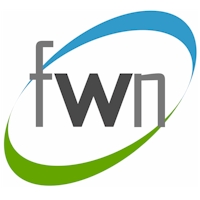


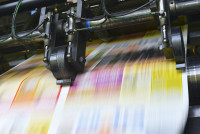 Publish and be cancelled
Publish and be cancelled Three books, two publishers, one year...
Three books, two publishers, one year...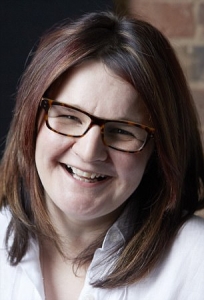 Writer seeks Kindled spirit: Six novelists reveal how to self-publish successfully
Writer seeks Kindled spirit: Six novelists reveal how to self-publish successfully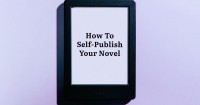 How to self-publish your novel
How to self-publish your novel How a Digital Publisher Fell Back in Love With Print Books
How a Digital Publisher Fell Back in Love With Print Books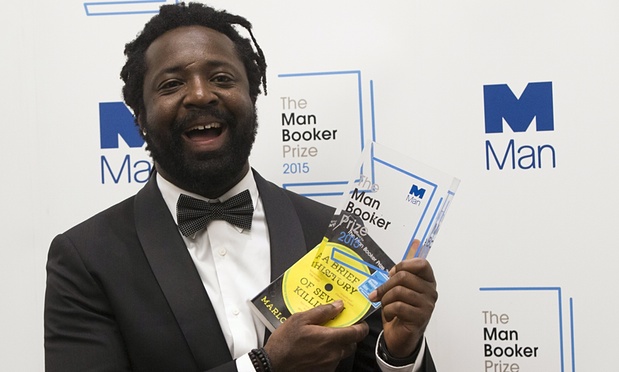 Great books that publishers rejected – quiz
Great books that publishers rejected – quiz Sarah Waters, Ross Raisin, Adam Foulds, Andrew Cowan, Helen Simpson share writing tips, favourite books by young writers
Sarah Waters, Ross Raisin, Adam Foulds, Andrew Cowan, Helen Simpson share writing tips, favourite books by young writers Three Essential Books That Will Immediately Improve Your Writing
Three Essential Books That Will Immediately Improve Your Writing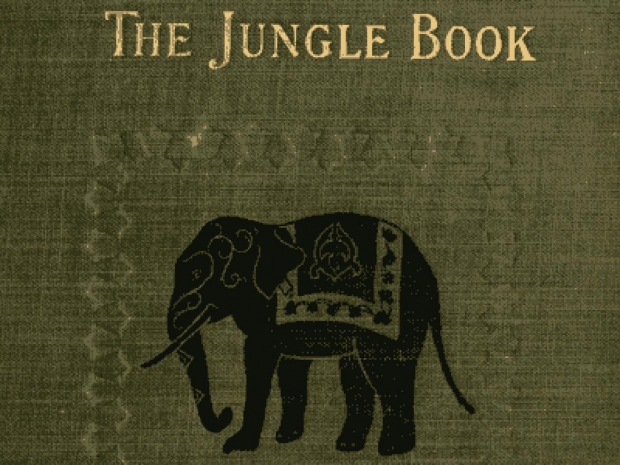 The idea that rude publishers force future literary stars to self-publish sounds like codswallop
The idea that rude publishers force future literary stars to self-publish sounds like codswallop Is making a living just from writing books a literary fiction?
Is making a living just from writing books a literary fiction? Write on: How you can publish a best-seller - The ebook revolution allows new authors to find fame
Write on: How you can publish a best-seller - The ebook revolution allows new authors to find fame Save dragons, save books! Three authors give tips on children's writing
Save dragons, save books! Three authors give tips on children's writing Should You Self-Publish or Pursue a Mainstream Publisher?
Should You Self-Publish or Pursue a Mainstream Publisher? Bloodhound Books on surviving and thriving as an indie publisher
Bloodhound Books on surviving and thriving as an indie publisher How To Publish Your First Book and Sell It Online?
How To Publish Your First Book and Sell It Online? 5 helpful books for National Novel Writing Month
5 helpful books for National Novel Writing Month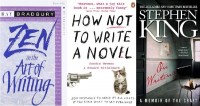 3 Great and Inspiring Books About Writing
3 Great and Inspiring Books About Writing New Literary Agent Listing: Des Salazar
New Literary Agent Listing: Des Salazar Dynamic Duo Elena Giovinazzo and Jason Reynolds Launch Groundbreaking Literary Agency to Revolutionize Publishing
Dynamic Duo Elena Giovinazzo and Jason Reynolds Launch Groundbreaking Literary Agency to Revolutionize Publishing ‘We’re losing talent’: authors call on Government to fund writing centre in North
‘We’re losing talent’: authors call on Government to fund writing centre in North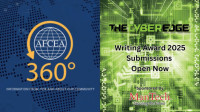 Cyber Edge Writing Award Welcomes Submissions for 2025 Contest
Cyber Edge Writing Award Welcomes Submissions for 2025 Contest So hot right now: literary agents going out on their own
So hot right now: literary agents going out on their own New Literary Agency Listing: DunnFogg
New Literary Agency Listing: DunnFogg 'New romance,' a growing literary genre and gold mine for publishers
'New romance,' a growing literary genre and gold mine for publishers Akoya Publishing launches with slate of 10 books for 2026
Akoya Publishing launches with slate of 10 books for 2026 AAP StatShot: US Industry Was up 18.1 Percent for Month of July
AAP StatShot: US Industry Was up 18.1 Percent for Month of July New Literary Agent Listing: Isabel Lineberry
New Literary Agent Listing: Isabel Lineberry Watson, Little appoints Gabrielle Demblon as foreign rights manager and literary agent
Watson, Little appoints Gabrielle Demblon as foreign rights manager and literary agent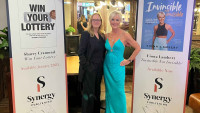 Mother and son Suzi Wooldridge and Cameron Toman launch Synergy Publishing
Mother and son Suzi Wooldridge and Cameron Toman launch Synergy Publishing The Bent Agency's Gemma Cooper launches Gemma Cooper Literary
The Bent Agency's Gemma Cooper launches Gemma Cooper Literary Les Nouveaux Editeurs announces creation of first publishing house
Les Nouveaux Editeurs announces creation of first publishing house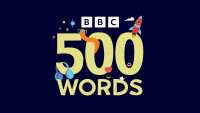 BBC 500 Words creative writing competition returns for children across the UK
BBC 500 Words creative writing competition returns for children across the UK
